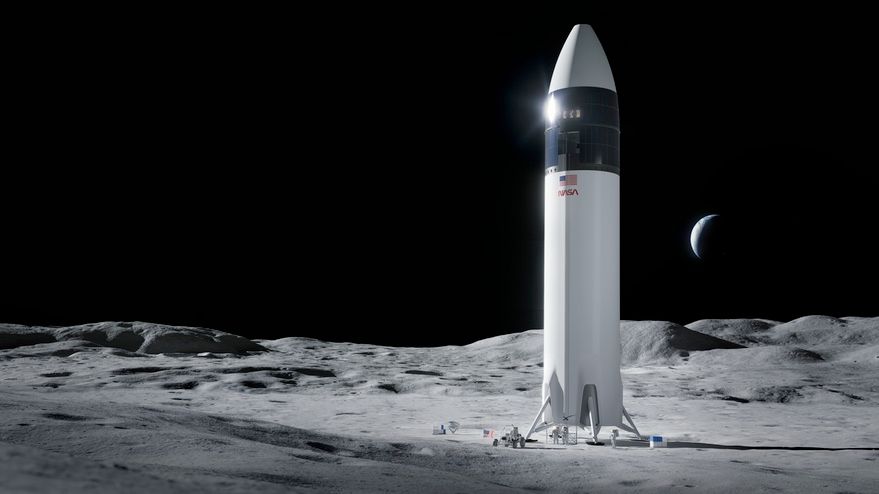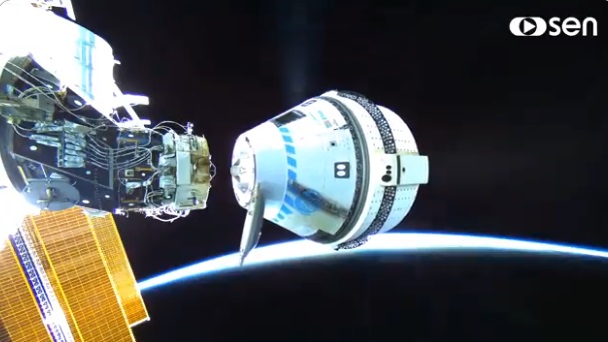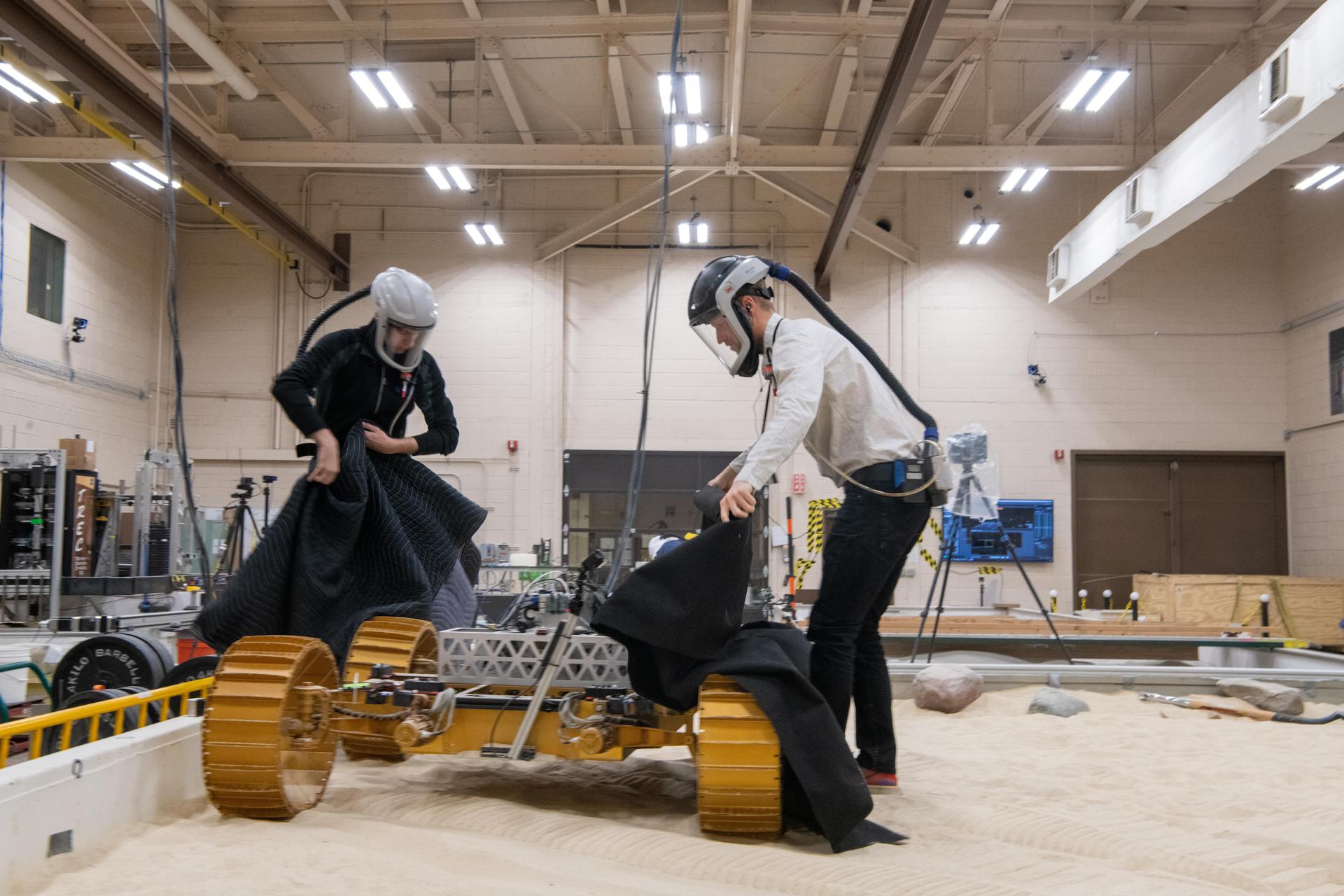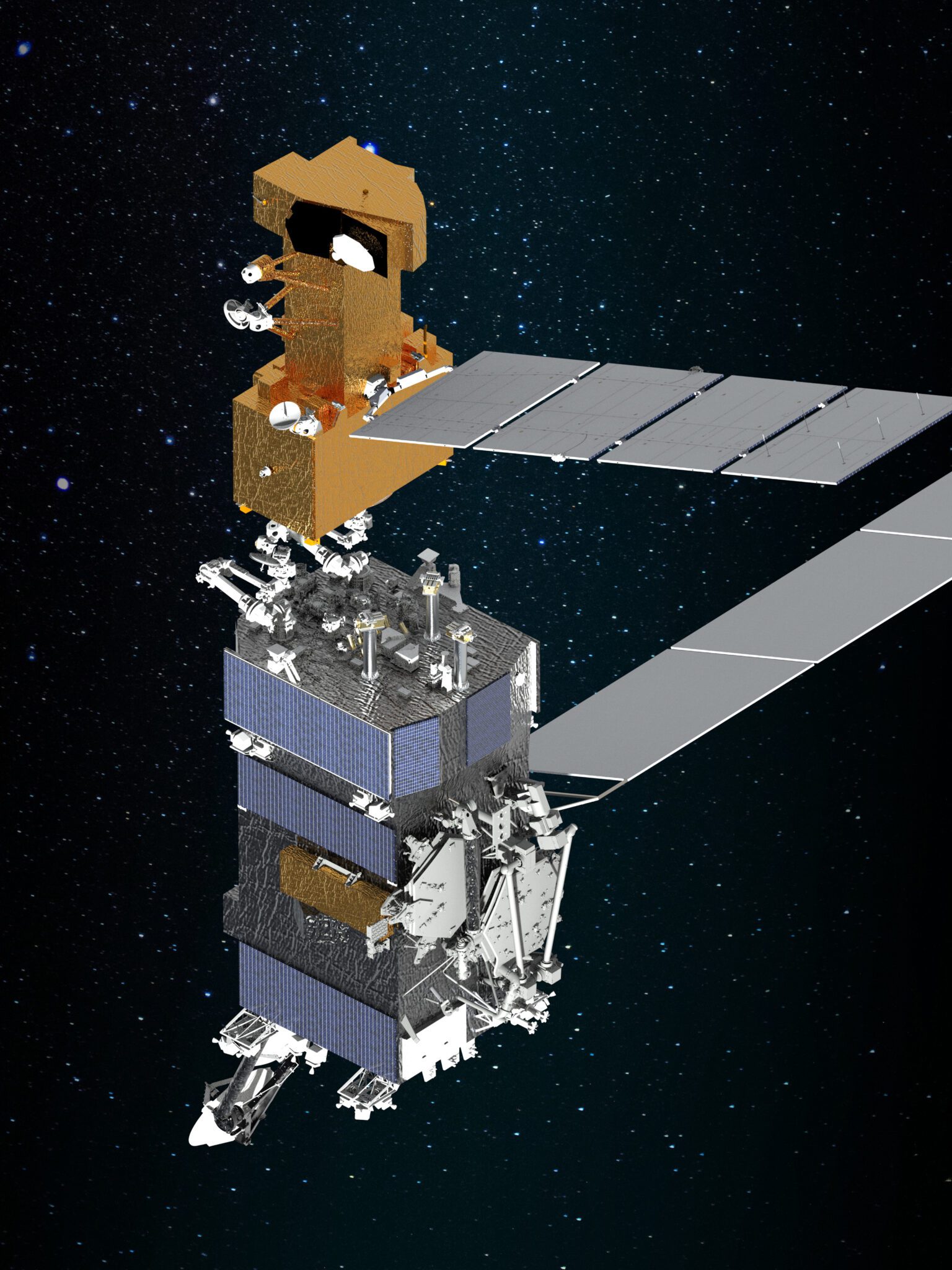The following text is my expanded notes from my 28 February 2008 interview with Alliant Techsystems’ (ATK) space launch systems’ vice president Mike Kahn at the company’s clearfield offices in Utah.
The [Ares I crew launch vehicle] resonant burning, oscillation is due to the variation of the width of the thrust channel. The exhaust gas flow through that varying pitch generates perturbation. Garry Lyles [NASA Marshall Space Flight Center’s engineering associate director] will issue a report [on oscillation] at the end of March. [Question is] will the shaking attenuate with the upper stage, what is the upper stage’s natural frequency? The first-stage natural frequency changes as the burning goes on. The [first-stage’s] frustrum could be a dampner.
Caption: A CGI movie of what could be the Ares I-X test scheduled for April 2009
Note: this is not an ATK movie I found it on Youtube and thought it applicableGimbaling on Ares I slightly less than Shuttle, gimbles couple of degrees, thrust vector control (TVC) is the same [system]. [The TVC is] designed for more than that, higher thrust [from the nozzle] means smaller degree of change for [change of velocity].
The current system uses hydrazine for TVC actuators’ hydraulics. Our goal is…can we replace hydrazine with something else. Helium is one option. [We] want to change what powers TVC hydraulics. The question they are asking is, what is the right one and when do we introduce it [and] what is lower cost? [The] safer replacement will reduce life cycle costs because we can remove the controls and precautions that are costs.
There is a system tray to connect the TVC to the first-stage avionics in the upper stage.
[For] composite [casings the] trade [is] on processing and building [it], [we would] use metal connectors for each [composite] casing, segment. The more performance composite would set you up for a larger internal pressure [for more thrust].
[With five segments] more surface area means more propellant burning and more pressure. [It is] not just [the number of] fins but how deep they are.
The extra segment does mean higher separation and as the [Pratt & Whitney Rocketdyne] J-2X is not as capable as the Space Shuttle Main Engine, [it] resolved that less thrust [from the J-2X].
We did consider introducing nozzle extension for resolving increased weight of new Ogive [Sears-Haack] shape to the [Orion crew exploration vehicle] boost protection cover.
We are still burning for 120s, we will just get to 70nm faster. Extra segment just means more propellant so more thrust. [We reach] max-q at about 60s [into the ascent].
The composite frustrum helped us to meet the mass margin. We were within target weight by a few thousand pounds. Our [target weight] became easy because the higher thrust [from five segments] offset mass targets.
Ares I allows natural flow from Shuttle to Ares V. It is important to have Ares V discussions now. Doing Ares V at the right time is important for everyone.







